So which type is the bigger brake?
The vast majority of computers use two types of dust filters – a fine nylon one and a coarser plastic one. The fact that the plastic filter lets more through and is less efficient in this respect is already apparent from the eye, as it has a coarser mesh. But do you know which one degrades the performance of the fan more and by how much? One even “wheezes”, which is nicely indicated by a detailed noise analysis at 240 sound frequencies.
So which type is the bigger brake?
The nylon filter is a significantly smaller obstacle. Better fans will have no difficulty pushing through such a thin profile with either type.
The airflow was not significantly reduced with the nylon filter either. Although there is some loss. This is natural, as only the part in front of the rotor is “open” and full volume of air (as it is without obstacles) does not naturally pass through the closed part. But while the nylon filter only reduced the airflow by 17–30% depending on the fan setting, using the plastic filter it was at least 62%. At higher speeds by almost 70%, and that’s a pretty dramatic difference. And the list of negative impacts doesn’t end there.
The plastic filter also creates more mechanical resistance in front of the fan, meaning that the increase in noise is also more pronounced. At higher speeds, the noise level is more than double, but you will notice the difference even at lower speeds that correspond to the practical settings of system fans.
The fine mesh of the nylon filter does not increase the air resistance too much and the noise level is slightly higher, but significantly less than with a plastic filter. With the latter, we even detected a wheezing noise in the intake position in front of the rotor (i.e. in the position that the filters tend to be in cases).
And now we come to that crash course on understanding spectrograms that we mentioned in the opening chapter of the article. Notice in this graph the columns in the right half below 5K (5000 Hz), these frequencies are most prominent within the higher tones from 2000 Hz upwards. In practice, this means that you get a rather unpleasant squeak from the filter and fan. However, after switching the filter to the other side, when the fan is now pushing through it, these treble frequencies are significantly weaker in the sound.
TL;DR: Plastic filters should be avoided for several reasons. Not only are they ineffective at catching dust, but unlike nylon filters, they also throttle airflow significantly more, increase noise, within which you may be unpleasantly surprised by an annoying wheeze. And it doesn’t matter how good a fan you own.
English translation and edit by Jozef Dudáš
- Contents
- No two filters are the same
- Results: impact on airflow, pressure and noise
- Results: frequency response of sound
- So which type is the bigger brake?





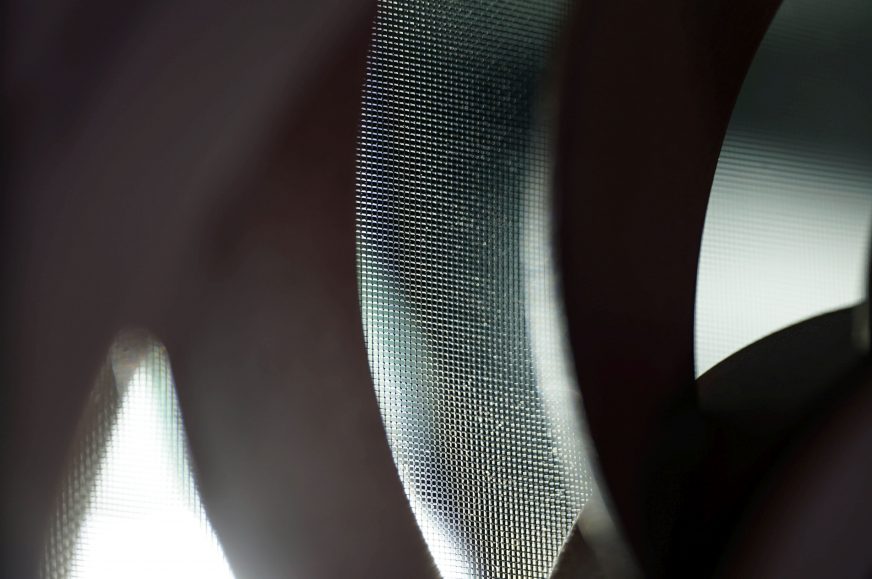
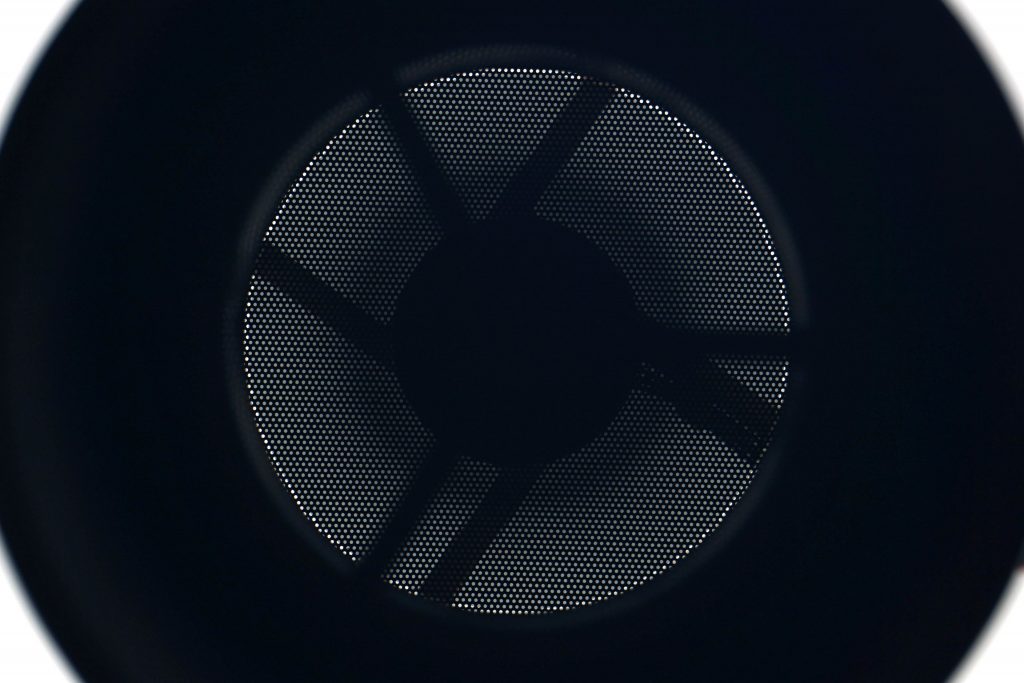
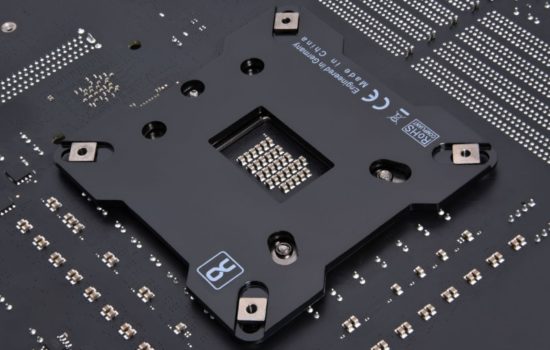
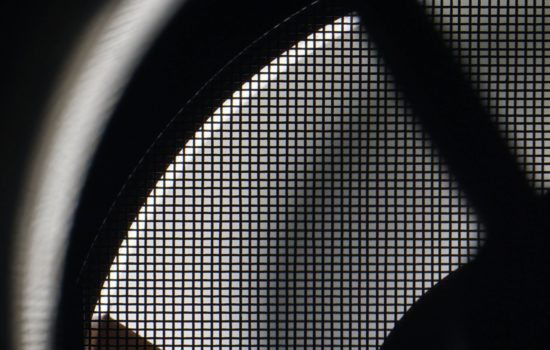
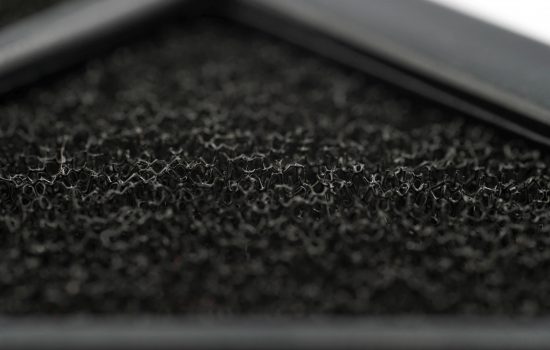



Hi
This was kind of what I was after. I have some headphones that don’t have dust filters on the cups. I know it can affect the sound, but I am interested to see if using fine nylon would be best for dust and also not affect frequency as much.
Thanks
Now that’s a really interesting question. 🙂 Unfortunately, I can’t say how a nylon mesh similar to the one from dust filters for fans will affect the frequency of sound in headphones. It’s probably not a big deal, but… I can’t write anything that would be of any informational value to you.